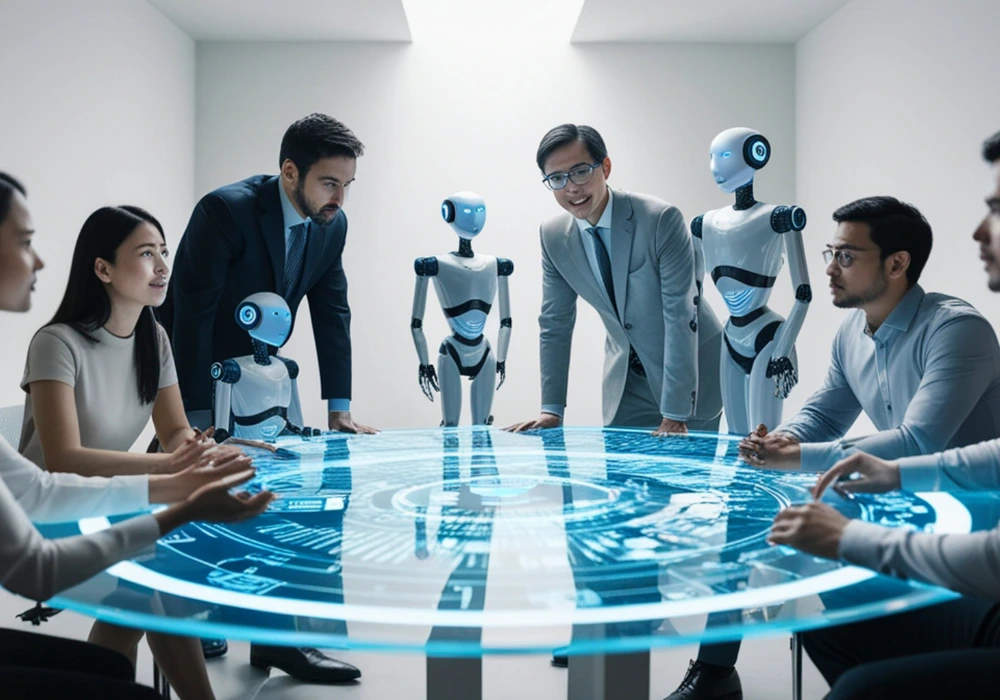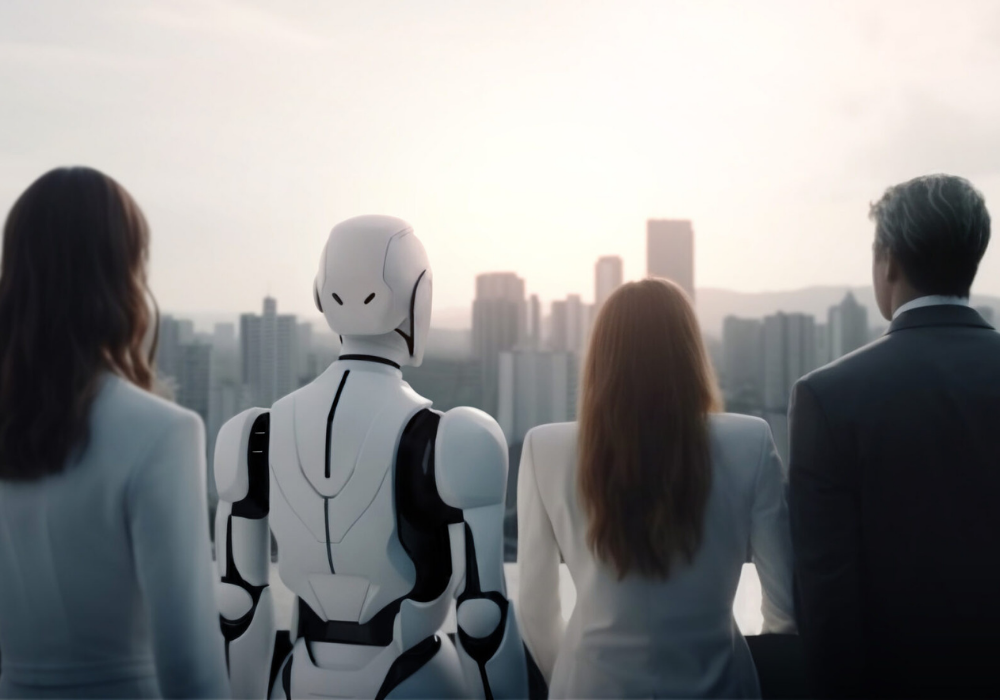When Leaders Fear AI and Automation: How Myth-Making Undermines your chances of success

How leaders frame change matters. And right now, automation is often sold as an overnight revolution that will sweep through every industry and replace everything we do. The reality is different. The headlines about self-driving cars and AI-powered offices have created a distorted view of what automation actually means inside a business. It’s become one of the loudest buzzwords in modern leadership conversations, but the hype often overshadows the practical, achievable wins that drive real progress.
The Dual Power of RPA and AI in the Modern Enterprise

The Dual Power of RPA and AI in the Modern Enterprise As the world progresses into an innovative era of the 21st Century, new technologies are being made available for companies to strengthen their business operations. With the fast-paced changes, two automation technologies, Robotic Process Automation (RPA) and Artificial Intelligence (AI), have revolutionised business operations. RPA is the use of software to streamline repetitive, rule-based tasks, which acts as a digital workforce that mimics human actions to allow human workers to focus on more important tasks. It is especially beneficial for handling processes like invoices and data migration. AI simulates human intelligence, bringing more advanced problem-solving, data analytics, and decision-making capabilities to the table. Together, these technologies represent a new era of intelligent automation and give companies the opportunity to innovate, improve their efficiency, and adapt to a constantly evolving economy. Their benefits and limitations are numerous, and these can be difficult to comprehend. Thus, questions can arise over what technology is better for you and your company. For example, with AI progressing faster and making its way into many different facets of life, including new technology like ChatGPT, has RPA become redundant? How distinct are these two processes, and in what situations can you use them? This article will explore those questions and help share some insights into the world of automation. What is RPA? Starting with a definition for Robotic Process Automation, RPA is a software technology that builds, deploys, and manages software robots that mimic human interactions to process data and work on digital systems. These robots are capable of navigating computer drives, extracting data, and more, while additionally being more consistent than human workers. The foundations of RPA, back in the 1990s, came from early forms of automation tech like screen scraping and workflow automation tools. This tech involves extracting data from user interfaces and enabling very basic automation of repetitive tasks. It was very limited in its functionality, but it laid the groundwork for what we know as RPA today. More modern RPA evolved around the 2010s, when early RPA platforms emerged as a blend of screen scraping, business process management, and artificial intelligence to automate processes in a rule-based routine, using the existing IT infrastructure available to companies. Companies like Fortra, Blue Prism, UiPath, and Automation Anywhere pioneered these modern RPA solutions. These robots could interact with computers very similarly to humans; they could interact with existing applications, clicking, typing, and copying data, and more. The COVID-19 pandemic also saw a massive spike in RPA adoption in numerous businesses, as there was a need to reduce dependency on human labour due to the lack of freedom that the virus brought to the world. Since then, SmartTechNXT has helped multiple companies land on their feet after the pandemic, and RPA has become a significant driver of their economic production. RPA is used in numerous ways in the world, and most people are unaware of how common these robots are within everyday processes. For starters, resetting your password is done with RPA. Before these bots, when a request came in to reset a password, an employee would need to find the time to manually reset it while trying to juggle other tasks. Now, a robot intercepts the request, recognising the rule-based tasks involved, and resets the password for you quickly and easily. Another example involves the delivery status of your online purchases. Robots now automatically track drivers and packages to allow you to see your shipment status whenever you like and receive updates in real time. RPA’s benefits are countless. They streamline workflows, increase employee satisfaction, engagement, and productivity by removing mundane tasks. Moreover, one of the greatest benefits is that it can make your company more profitable by eliminating wasted time on repetitive tasks. Your employees can then have the freedom to work on more important ideas, focus on innovation, and interact with other employees and customers. RPA is non-invasive and can quickly be put in place to advance your company’s digital transformation. While these bots are ideal for automating workflows that involve big data, virtual desktop infrastructures, and database access, RPA is incredibly versatile and can be applied to many different sectors. In short, RPA follow the rules set by you to streamline routine tasks and enhance efficiency across digital systems. After evolving significantly in the past few decades, RPA now plays a crucial role in transforming workflows, boosting productivity, and freeing employees to focus on more creative and important pursuits. What is AI? Artificial Intelligence (AI) is essentially about teaching machines to think and act in ways that mimic human intelligence. It’s the technology that powers some of the most exciting advancements we see today, helping machines understand language, recognise patterns, solve problems, and make decisions. At its core, AI relies on data and algorithms to learn, adapt, and get smarter over time. In other words, it’s what allows systems to not just perform tasks but also improve at them as they process more information. AI isn’t just one thing; it’s a huge field with different areas that serve different purposes. For instance, Machine Learning (ML) is a branch of AI that focuses on enabling machines to learn from data without needing to be explicitly programmed. Think about how Netflix recommends your next binge-worthy series, it’s analysing your preferences and learning what you’ll enjoy. Then, there’s Natural Language Processing (NLP), which is all about helping machines understand and respond to human language. That’s what makes tools like Siri, chatbots, or even those spam filters in your email so effective. Other types of AI include Computer Vision, which helps machines “see” and analyse visual information (like facial recognition or checking product quality in factories), and Deep Learning, which uses neural networks to tackle more complex tasks like real-time language translation or creating hyper-personalised experiences. In the business world, AI has become a game-changer. It’s helping companies work smarter, not harder, by analysing mountains of data, spotting trends, and making
Gen Z in the Workforce: Shaping, Challenging, and Redefining the Future of Work

As Gen Z rises to dominate the global workforce, businesses must adapt to their digital fluency, demand for purpose, and mental health priorities. Discover how to attract, engage, and retain this generation in a rapidly evolving, tech-enabled workplace.